The HRI donor classification is based on an analysis of donor performance against 35 quantitative and qualitative indicators of donor practices, aligned to core concepts contained in the Declaration of Good Humanitarian Donorship (GHD). This statistical classification looks for relationships and patterns among donors based on their scores against the HRI’s 35 indicators. The 23 OECD/DAC donors are classified into three categories based on their performance in the five HRI pillars:
• Group 1: Principled Partners
• Group 2: Learning Leaders
• Group 3: Aspiring Actors
Similar to the findings from previous HRI reports, in general, all donors scored well for the indicators in Pillar 1 (Responding to needs), though the concern about politicisation of aid featured prominently in many of the crises studied. Collectively, donors scored lower in Pillar 2 (Prevention, risk reduction and recovery) and Pillar 5 (Learning and accountability). Both pillars include indicators around greater participation and ownership of affected populations in the design and management of programmes, and longer-term approaches to build capacity and resilience.
Click on the image below to display it at full width.

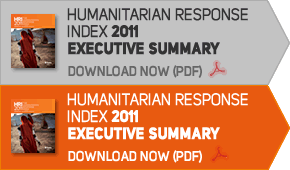

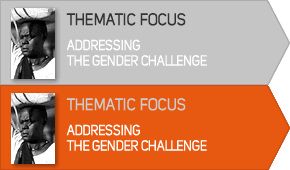
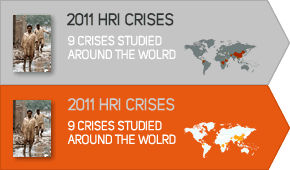
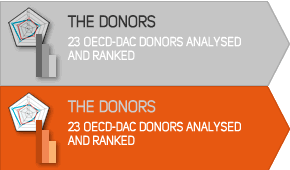
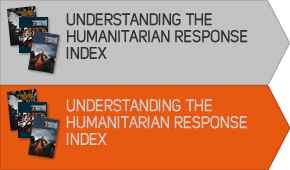

Share this